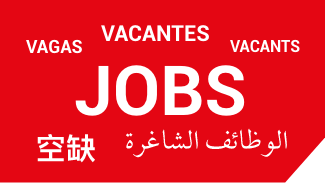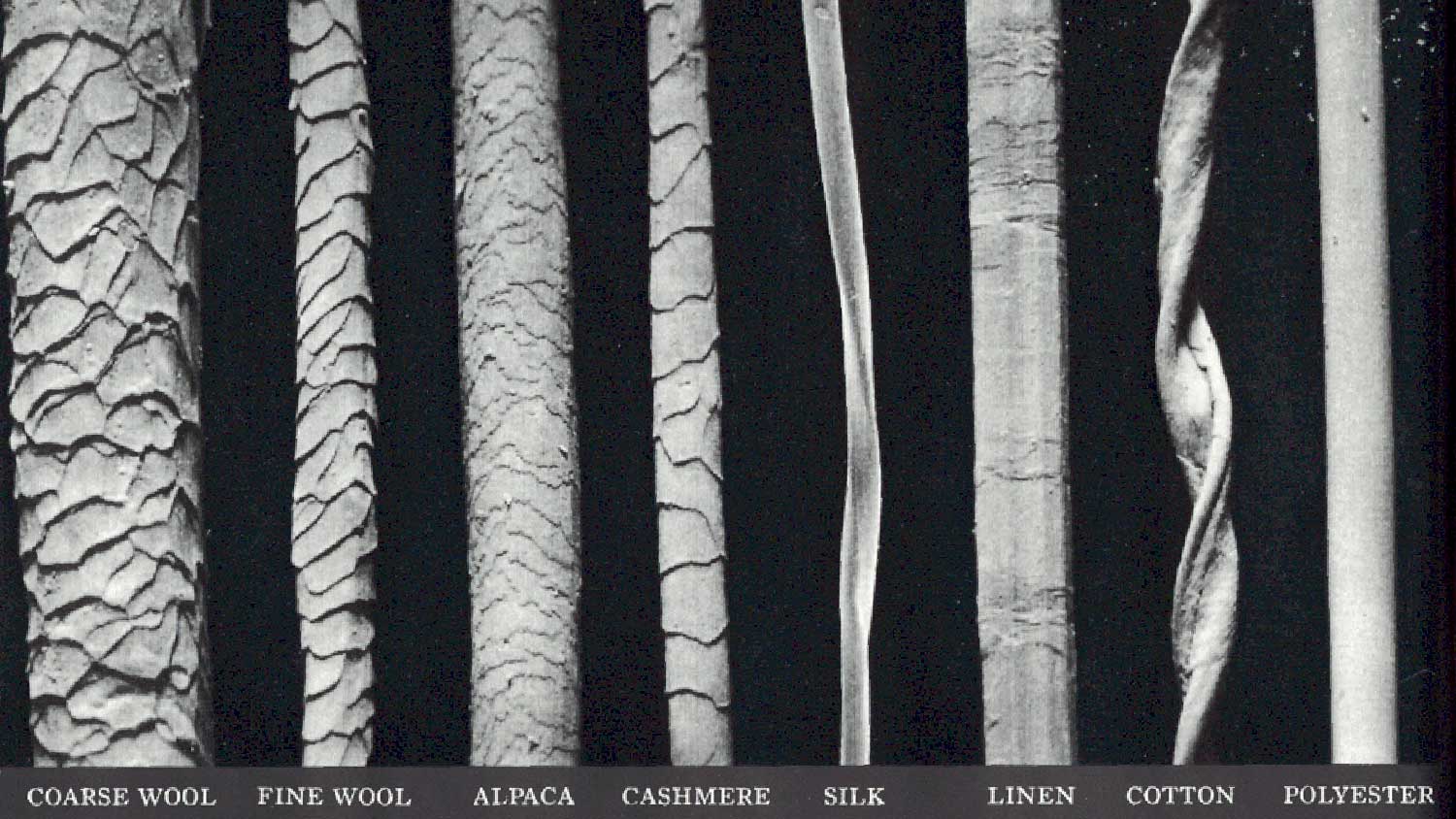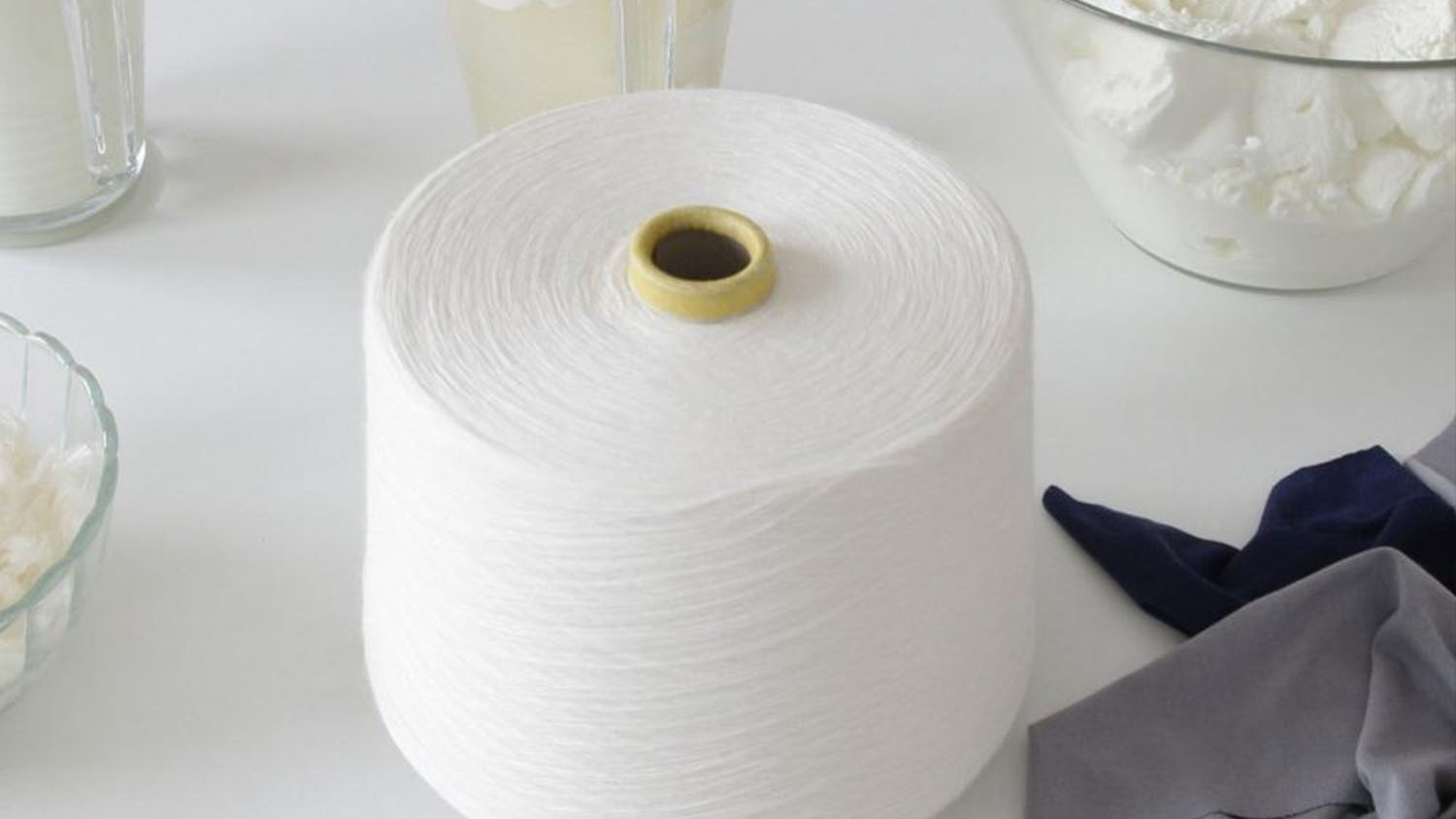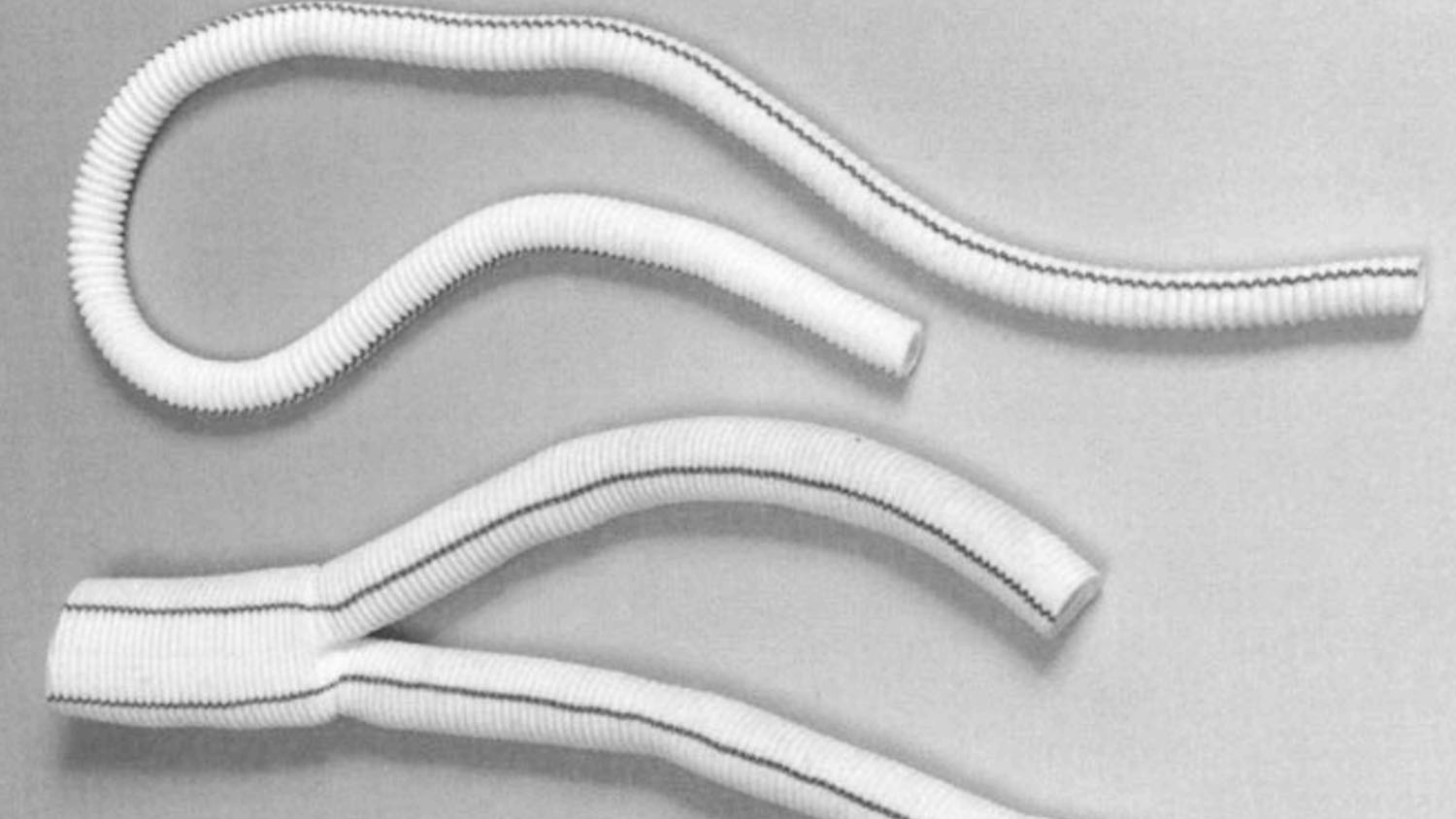YES. I serve up knowledge about textiles.
Poly… polyac… polyacrylonitrile – what is that, exactly? What does a complex former do? And what factors are important in the manufacture of my favourite jeans? These are just a few examples of issues addressed in the field of textile engineering. The textile industry is one of the oldest branches of trade in the world, and it includes so much more than just the clothes we wear each day. Modern textiles are light, thin, flexible, tear-resistant, compatible with different materials, malleable and yet able to retain their shape. With these characteristics, textiles can be found virtually everywhere and be used in many different functions. Did you know, for example, that there are vascular grafts made of synthetic textiles? Or that the roof of London’s Millennium Dome consists of an 80,000 m2 textile canopy? And that there are fibres made of corn and even of milk? Textiles are extremely diverse and are able to do so many things. They are the materials of the future!
A very wide-ranging CHT division
CHT’s Textile Solutions division, too, deals with textiles and supports customers in many areas, such as textile manufacturing and finishing, the selection of dyes, pigments and auxiliary agents, and the proper care and maintenance of textiles. There are a great number of people contributing to the daily operations at CHT Switzerland AG who are not specialists in textiles; they work in a wide range of areas, such as finance, administration, human resources, purchasing, sales and production. Their daily work doesn’t strictly require them to have a knowledge of textiles, and yet textiles are at the centre of their everyday activities. Thus, an understanding of textiles can benefit the work of all those who are not textile specialists, while also solidifying their knowledge of the subject in their personal lives.
A helping of knowledge, please
So, how do we convey this knowledge about textiles to the eager learners from outside the field? Through our ‘Lunch & Learn’ concept! Participants receive a tasty, freshly selfcooked lunch – and also receive a hearty portion of fascinating basic knowledge from the field of textiles. With this concept in mind, we have scheduled ten lunchtime sessions lasting 45 minutes each throughout the year 2021. Each session serves up interesting facts related to textiles – including the topics of fibres, textile surfaces, functional and technical textiles, pretreatment, dyeing, printing, garments, laundering and textile ecology. Due to the pandemic, the Textile Lunches are currently taking place via the Teams platform, but we hope to return to meeting face-to-face soon.
A fun and interactive way to learn
I had the privilege to launch this training series with the very first Textile Lunch, which was dedicated to the topic of natural fibres. As the coach for the session, I informed the participants about the four main natural fibres – cotton, linen, wool and silk – along with their key characteristics and areas of use. It’s a topic that could easily fill ten hours, so it’s not easy to condense the information into a 45-minute session without becoming inaccurate. And then came the added challenge of using a virtual platform! Instead of using a regular PowerPoint presentation, which can often result in passive listening, I chose a more interactive route by using a diversified presentation tool called Prezi. This proved to be a successful choice, as I received quite a lot of positive feedback from my group of 27 participants. My takeaway from this first Textile Lunch: next time I would provide the participants with physical samples of the fibres in advance, allowing them to combine what they are hearing with something they can touch. I would also make use of additional, different digital tools.






